A new support document discussing the Super Retina OLED display in the iPhone X addresses user viewing angles, as well as the possibility of image persistence when a display shows a faint remnant of an image that hadn't moved in a long period of time.
"If you look at an OLED display off-angle, you might notice slight shifts in color and hue," Apple declares in the support page. "This is a characteristic of OLED and is normal behavior."
This manifestation should only occur when a device is being used by two people simultaneously. The "shifts in color and hue" are very slight at narrow angles, and worsen slightly the farther away from a straight-on viewing angle the user gets.
"With extended long-term use, OLED displays can also show slight visual changes," writes Apple. "This is also expected behavior and can include 'image persistence' or 'burn-in,' where the display shows a faint remnant of an image even after a new image appears on the screen."
Apple advises users to avoid continuously displaying the same high-contrast image for prolonged periods of time. The company also notes that it has engineered the display to reduce the effects of OLED "burn-in."
The OLED burn-in "issue" isn't new, and isn't permanent with well-engineered panels. Evidence collected over the last few years demonstrates that retained images are wiped over a brief period of normal time of normal use displaying non-static elements, with the user periodically turning off the device when not in use.
The Google Pixel 2 XL is taking some flak about image retention on its OLED screen. However, the screen is based on LG's pOLED technology, and the smaller Pixel 2 that is not having any problems is based on Samsung's AMOLED process. The iPhone X uses Samsung-sourced screens.
 Mike Wuerthele
Mike Wuerthele




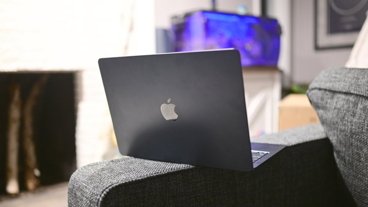

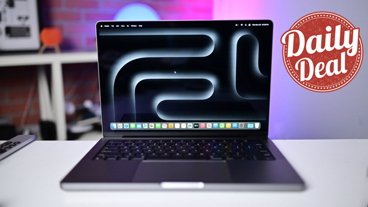
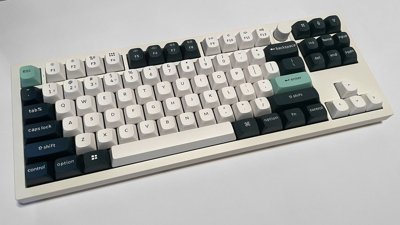
 Brian Patterson
Brian Patterson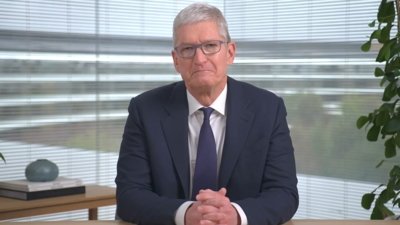
 Charles Martin
Charles Martin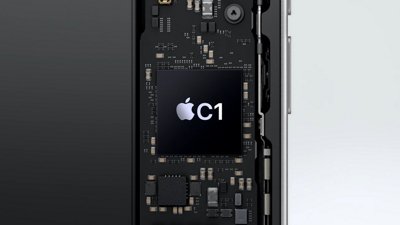
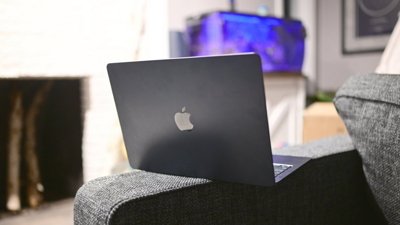

 Malcolm Owen
Malcolm Owen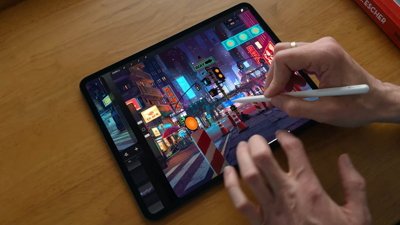
 William Gallagher
William Gallagher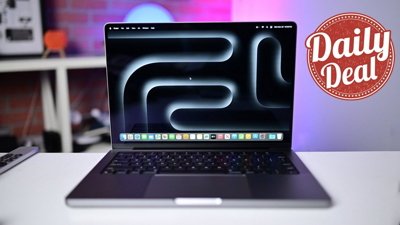
 Christine McKee
Christine McKee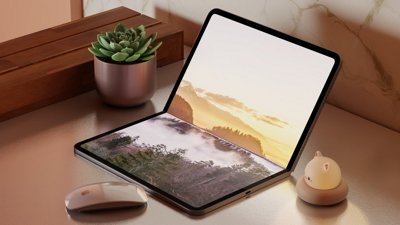
 Marko Zivkovic
Marko Zivkovic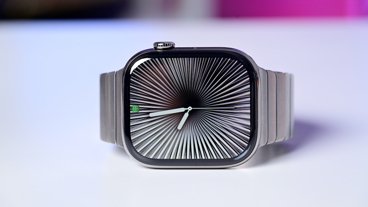
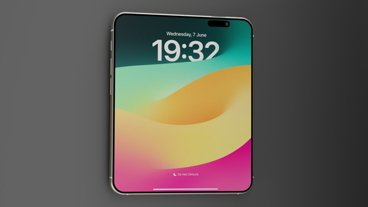

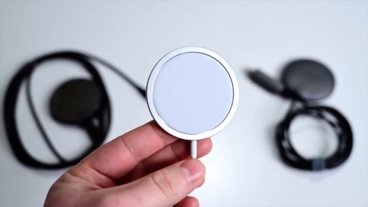
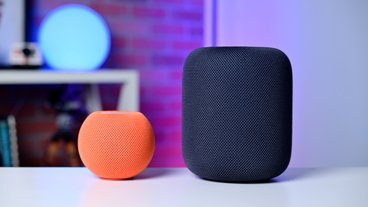
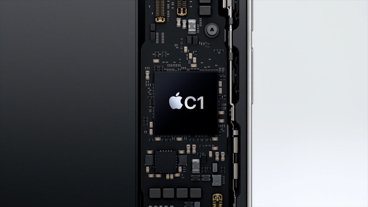
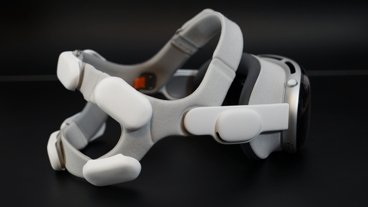
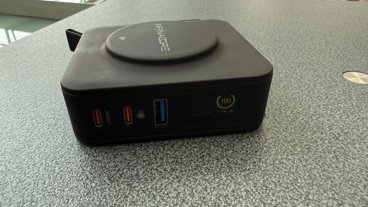
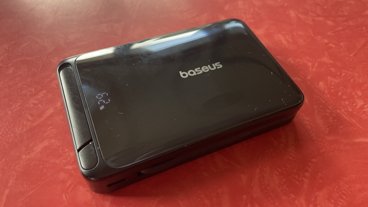

20 Comments
From LG:
”With
I wonder why this doesn’t apply to their phone displays? Lower cost compromises?
I really can't wait until micro-LED can replace OLED. As far as OLED has come over the years and the clear benefits it has over LCD, it's still has some major weak points compared to LCD.
Burn-in kind of sucks. I've babied my 50-inch plasma since 2010. Fortunately, a phone generally isn't used for periods as prolonged as television viewing.